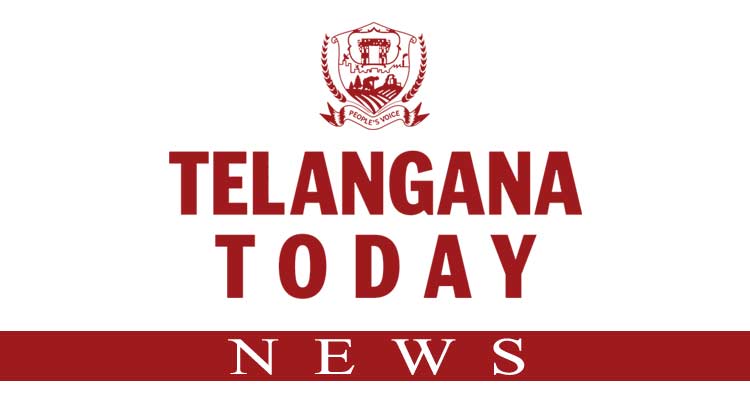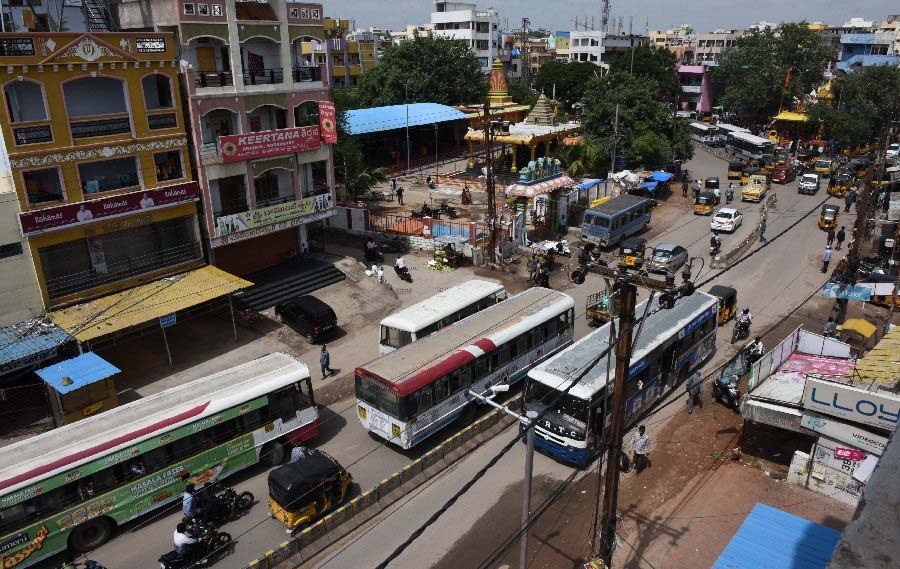Go for Stimulus 2.0
Consumer sentiment is still extremely low and the economy cannot bounce back without boosting demand

As India grapples with an excruciatingly slow economic recovery, there is now an urgent need to increase public spending to stimulate demand and push for efficiency-enhancing reforms to raise the post-pandemic growth prospects. While the government has been forthcoming on loan moratoria, holding insolvency proceedings in abeyance and encouraging assorted financing schemes involving bank funds, it has been reluctant to step up its own expenditure, though another stimulus is needed to significantly ramp up demand. The consumer sentiment is still extremely low and the economy cannot bounce back without boosting the demand. Already, over 20 million jobs have been lost. The Rs 20-lakh-crore Atmanirbhar Bharat Abhiyan stimulus package, announced in May, had failed to boost the demand and enthuse the markets. Though, on the face of it, the package appeared massive, but most of it consisted of credit expansion, restructuring of loans and long-term reform measures. This helps keep businesses afloat until demand recovers, but it does not directly stimulate demand. For that, one has to look at the expenditure component of the package, which was undoubtedly very small. There is a strong case for stepping up expenditure on programmes that support the poorest sections who have suffered the most and on infrastructure projects. The fiscal conservatives, who detest the idea of overshooting the FRBM (Fiscal Responsibility and Budget Management) limits on fiscal deficit, should not unduly worry about the impact of the increased public spending on the country’s credit rating. Since this is an extraordinary crisis, it calls for extraordinary measures.
When the economy goes into an almost medically induced coma, there is bound to be a contraction of the GDP. While continuing the macroeconomic reforms and striking a delicate balance between interest rates, inflation and growth, the government needs to come up with another round of stimulus package, focusing on public spending. The earlier stimulus package reflected a certain amount of fiscal timidity with the government spending at 2-3% of the GDP, while most economists wanted it to be at least 5%. While there is no doubt that increased government expenditure will raise the deficit further, the solution lies in implementing bolder steps to achieve fiscal consolidation once the normalcy is restored. The latest data suggests that India may have crossed the peak of Covid-19 case-load. The seven-day average of daily positive cases has steadily declined from about 93,000 to 83,000 in the second half of September. While the pandemic is far from over, the declining positivity rate at all-India level sets the stage to further push up the frontiers of economic recovery. Among the positive signs are the record estimates of kharif food production, increase in demand in the rural sector and a marginal rise in exports.
Now you can get handpicked stories from Telangana Today on Telegram everyday. Click the link to subscribe.
Click to follow Telangana Today Facebook page and Twitter .
Related News
-
Hyderabad auto driver foils attempt to kidnap young woman, five held
-
Sandhya Theatre stampede case: Allu Arjun questioned for 3 hours by Chikkadpallly police
-
Telangana: TRSMA pitches for 15% school fee hike and Right to Fee Collection Act
-
Hyderabad: Organs of 74-year-old man donated as part of Jeevandan
-
Save future of Telangana NEET PG aspirants, IMA writes to CM Revanth Reddy
40 mins ago -
Telangana techie loses Rs 4.15 lakh to online gold trading fraud
1 hour ago -
Hyderabad: Couple working as house help at doctor’s residence held for theft
1 hour ago -
Haiti gang attack on journalists covering hospital reopening leaves 2 dead, several wounded
3 hours ago -
21 dead as Mozambique erupts in violence after election court ruling
4 hours ago -
Cartoon Today on December 25, 2024
11 hours ago -
Former Home Secretary Ajay Kumar Bhalla appointed Manipur Governor, Kerala Governor shifted to Bihar
12 hours ago -
Opinion: The China factor in India-Nepal relations
13 hours ago




